科研成果
结合我国丝绸之路经济带重大战略发展需求,中心率先系统全面的开展了中亚地区生态与环境问题研究,先后主持了国家973项目、国际合作重大专项等、国家自然科学基金等一系列科研项目,取得了一批重要的研究成果,为中亚地区各国政府的决策提供了重要依据,为丝绸之路经济带建设提供战略规划支撑。
系统性地开展了中亚地区资源与生态环境综合考察和遥感调查,组织考察53次,行程15万公里,收集资料1000余部,采集水土生物样本15万份;掌握了中亚地区水土资源、矿产资源、生态环境、社会经济状况,揭示了中亚国家独立以来的土地利用和生态环境时空变化规律,预测了未来气候变化和人类活动影响下中亚地区资源与环境变化趋势,使我国科学家在中亚生态与环境研究方面从零起步走到了前列,得到上海合作组织峰会和上合组织国立科研机构理事会高度评价,奠定了我国在中亚资源与环境国际合作研究的引领地位。
围绕中亚生态与环境格局、变化过程及机制等联合编写中亚专著30部(俄文和英文11部,中文19部),发表SCI学术论文343篇,引用2569次;Science杂志对研究成果两次发表了专题评述;部分成果获新疆科技进步一等奖。
1. 代表专著

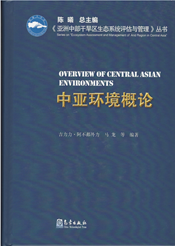

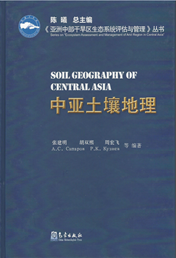


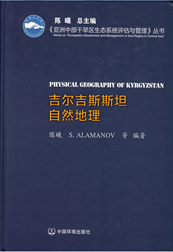
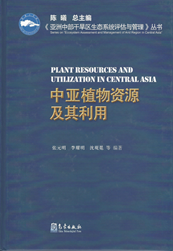

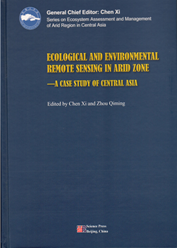

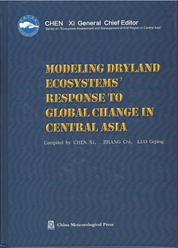
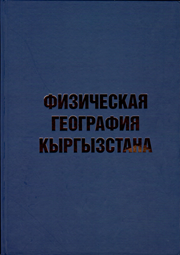

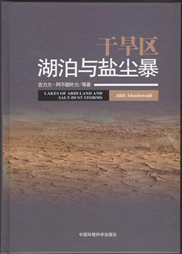

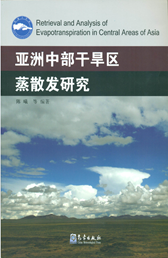

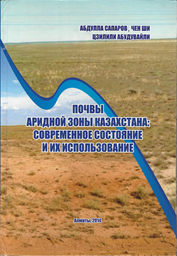


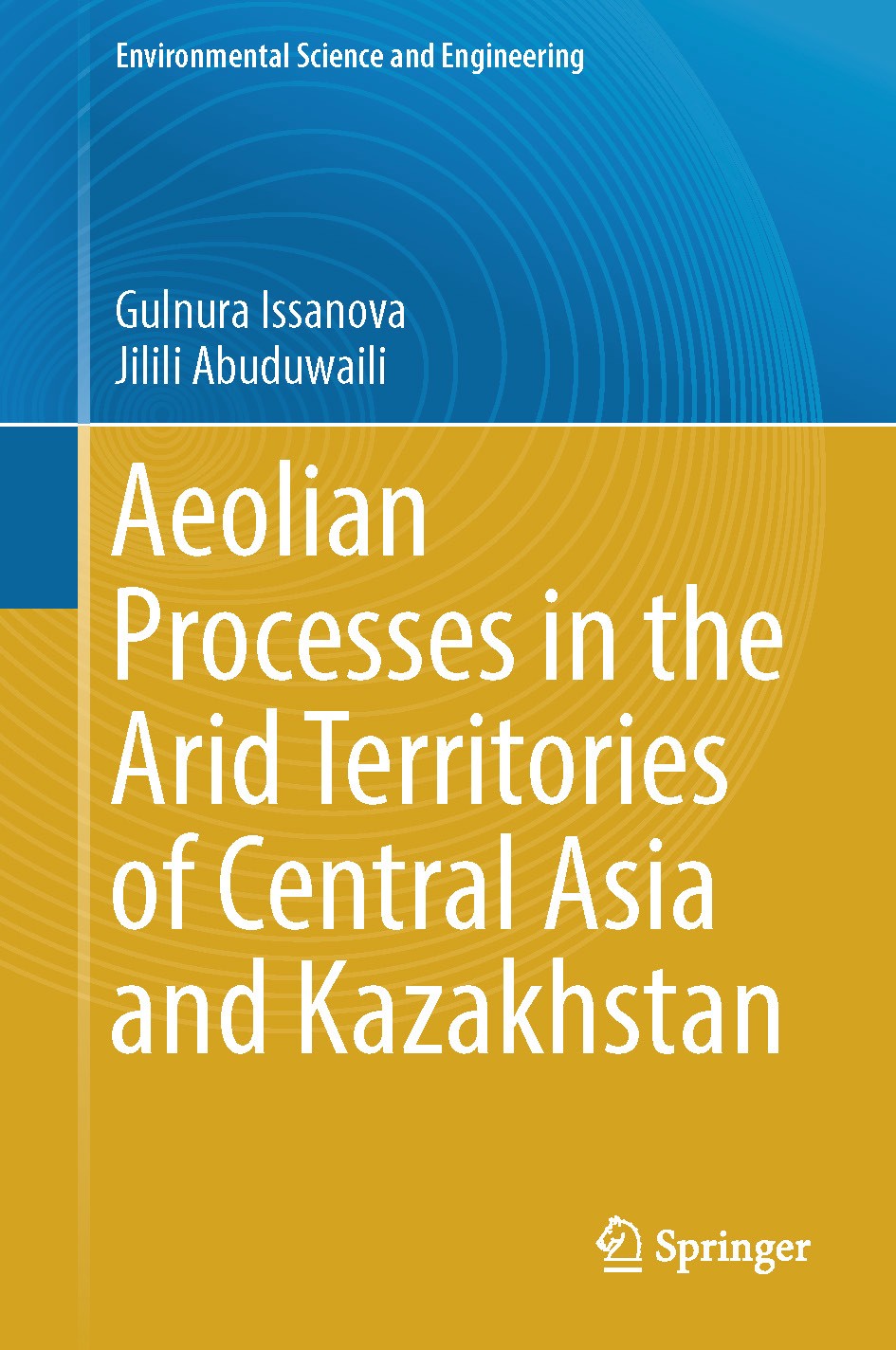
2. 代表论文
[1] Chen Xi, Bai Jie, Li Xiaoyu, Luo Geping, Li Junli, Li B Larry. Changes in land use/land cover and ecosystem in Central asia duing 1900-2009. Current Opinion in Environmental Sustainability, 2013, 5: 116-127.
[2] Chen Xi, Wang Weisheng, Luo Geping, Li Longhui, Li Yan. Time lag between carbon dioxide influx to and flux from bare saline-alkali detected by the explicit portioning and recorciling of soil CO2 flux. Stochastic Environmental Research and Risk Assessment, 2012, 27: 737-745.
[3] Dou Yan, Chen Xi, Bao Anming, Li Lanhai. The simulation of snowmelt runoff in the ungauged Kaidu River Basin of TianShan mountains,
[4] Huang Yue, Chen Xi, Li Yongping, Huang Guohe, Bao Anming, Liu Tie. A fuzzy-based simulation method for modeling hydrological processes under uncertainty. Hydrological Processes, 2010, 24: 3718-3732.
[5] Zhao Pan, William G. Pitt, Yuanming Zhang, Nan Wu, Ye Tao, Tadd T. Truscott. The upside-down water collection system of Syntrichia caninervis. Nature Plants, 2016, 2 (7): 16076. doi: 10.1038/nplants.2016.76
[6] Li Y, Wang Y G, Houghton R A, Tang L S. Hidden carbon sink beneath desert. Geophysical Research Letters, 2015, 42(14): 5880-5887.
[7] Jilili Abuduwaili, Zhang Zhaoyong, Jiang Fengqing. Assessment of the distribution, sources and potential ecological risk of heavy metals in the dry surface sediment of Aibi Lake in Northwest China. PloS one, 2015, 10(3): e0120001
[8] Jilili Abuduwaili, Zhang Zhaoyong, Jiang Fengqing. Evaluation of the pollution and human health risks posed by heavy metals in the atmospheric dust in Ebinur Basin in Northwest China. Environmental Science and Pollution Research, 2015: 1-14.
[9] Chen Xi, Luo Geping, Xia Jun, et al. Ecological response to the climate change on the northern slope of the Tianshan Mountains in Xinjiang. Science in
[10] Chen Xi, Huang Yue, Qian Jing, et al. Simulation analysis on the regulation of overflow ecological water consumption in arid areas - A case study in the Canmrik ecological area of the mainstream zone of the Tarim River. Scence in China D Earth Sciences, 2006, 36(Ⅱ): 1-8.
[11] Zhang Yuanming*, Zhou Xiaobing, and Yin Benfeng. Sensitivity of the xerophytic moss Syntrichia caninervis to chronic simulated nitrogen deposition. Annals of Botany, 2016, 117:53-61. DOI:10.1093/ aob/mcw05.
[12] Zhou Xiaobing , Zhang Yuanming*, Yin Benfeng. Divergence in physiological responses between cyanobacterial and lichen crusts to a gradient of simulated nitrogen deposition. Plant and Soil, 2016, 399:21-34 DOI: 10.1007/s11104-015-2687-y.
[13] Zhang Bingchang, Li Renhui, Xiao Peng, Yangui Su and Zhang Yuanming*. Cyanobacterial composition and spatial distribution based on pyrosequencing data in the Gurbantunggut Desert, Northwestern China. Journal of Basic Microbiology, 2016, DOI: 10.1002/jobm.201500226.
[14] Zhang Bingchang, Kong Weidong, Wu Nan, Zhang Yuanming*. Bacterial diversity and community along the succession of biological soil crusts in the Gurbantunggut Desert, Northern China. Journal of Basic Microbiology, 2016, 56: 1-10. DOI 10.1002/jobm.201500751.
Zhao Pan, William G. Pitt, Yuanming Zhang, Nan Wu, Ye Tao, Tadd T. Truscott. The upside-down water collection system of Syntrichia caninervis. Nature Plants, 2016, 2 (7): 16076. doi: 10.1038/nplants.2016.76

Science杂志对上述成果进行了评述“For the first time, scientists have examined in detail how this moss (Syntrichia caninervis) pulls water right from the air using its awns. These tricks may one day help engineers design better equipment to collect water in arid locales.”
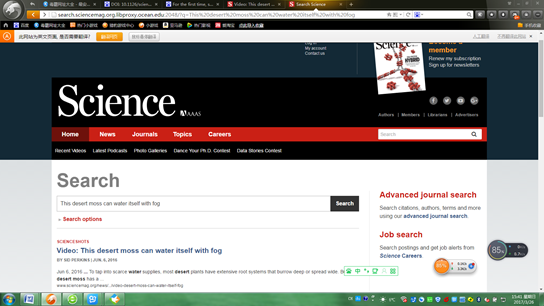
Video: This desert moss can water itself with fog
By Sid PerkinsJun. 6, 2016 , 11:00 AM
To tap into scarce water supplies, most desert plants have extensive root systems that burrow deep or spread wide. But one desert moss has a different trick up its sleeve: a thirst-quenching structure called an awn. Awns are tiny, hairlike structures that project from the end of each leaf to capture water (above). For the first time, scientists have examined in detail how this moss (Syntrichia caninervis)pulls water right from the air using its awns. At the smallest scale, the awns are covered with grooves about 100 nanometers deep and 200 nanometers wide, the perfect size for dew to condense within them when conditions are right. Those nanogrooves lie within larger troughs that measure about 1.5 micrometers deep and 3 micrometers wide, a good size to snag fog droplets from the air. Once enough moisture collects in the microgrooves, capillary action caused by surface tension in the water pulls the droplets toward the thicker end of the awn, which lies toward the plant. Voila! The plant waters itself. And on the rare occasions when rain falls, any droplets trapped between two awns are likewise pulled toward the plant’s leaves, the researchers report online today in Nature Plants. These tricks may one day help engineers design better equipment to collect water in arid locales, the researchers suggest.
Posted in: Plants & Animals DOI: 10.1126/science.aaf576
Science杂志专文对研究成果进行评述:《科学家发现了碳循环的隐匿环节?》

